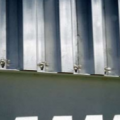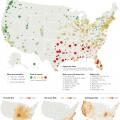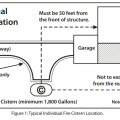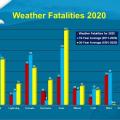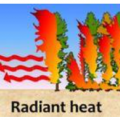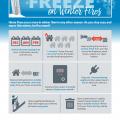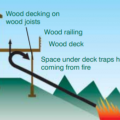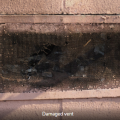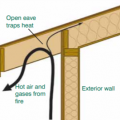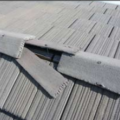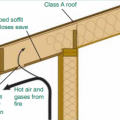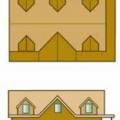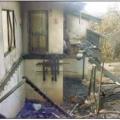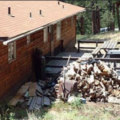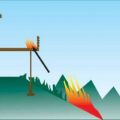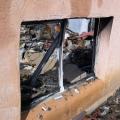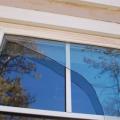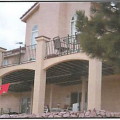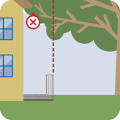Showing results 101 - 130 of 130
This metal shutter has top and bottom tracks that are permanently anchored to the wall (FEMA 577).
Typical siting and emergency vehicle turnaround requirements for a private residential cistern for fire protection.
Wall assembly with non-combustible brick cladding and fire-resistant or retardant rigid insulation, sheathing, framing and cavity insulation.
Wall assembly with non-combustible fiber cement cladding, metal hat-channel furring for air gap and fire-resistant or retardant rigid insulation, sheathing, framing and cavity insulation.
When averaged over several years, more fatalities are caused by extreme heat than by any other weather-related hazard
Wildfires across the United States claimed 10.12 million acres and 17,904 structures, including 9,700 homes in 2020
Windblown embers and firebrands are the most common cause of structural fires in wildfires, followed by fires started by radiant heat igniting surfaces or breaking windows and allowing embers in, followed by direct flame contact
Wood decks that extend over vegetated slopes are very vulnerable to ignition by approaching wildfires.
Wrong - Airborne embers can float into holes in damaged vent screens and ignite flammable items in the house or accumulated debris in the vent.
Wrong - An open eave with no soffit covering can trap rising hot air and embers from a wildfire.
Wrong - Debris in these open gutters can ignite from wind-borne embers and lead to ignition of the roof or fascia board; use leaf screens to keep debris out of gutters in wildfire-prone areas.
Wrong - If the soffit is applied directly to the rafter eave, it forms a sloping soffit, which creates a pocket that can trap hot air and embers from a wildfire.
Wrong - Roofs with complex geometries are more susceptible to ignition during a wildfire because they offer more places for burning embers to become lodged.
Wrong – Airborne embers can float into holes in damaged vent screens and ignite flammable items in the house or accumulated debris in the vent.
Wrong – An open and/or sloped soffit can trap heat and burning embers as a wildfire approaches, increasing the risk of ignition of the structure.
Wrong – Combustible debris under this deck ignited and led to the destruction of the deck.
Wrong – Conventional wood deck risks ignition from embers falling on the surface or from unmaintained vegetation burning below.
Wrong – Regular window glass is susceptible to breakage from the radiant heat of a wildfire; tempered and laminated glass are more resistant to breakage.
Wrong – The open overhang with exposed timbers and unscreened vent holes make this roof more susceptible to ignition.
Wrong – The outer pane of this window broke under radiant exposure from a neighbor’s house that had ignited in a 2007 southern California wildfire.
Wrong – This deck is constructed with metal railings and the wooden supports are covered with fire-resistant stucco; however, the exposed wooden beams on the underside of the deck still pose a significant fire hazard.
Wrong – Tree branches close to the house are prone to spreading crown fires to the house; the tree should be trimmed so that branches are at least 10 feet back from the red dashed line indicating the deck railing of the house.
Wrong –The gate that was attached to the garage at the corner ignited and led the fire to the home, causing the damage seen here.
